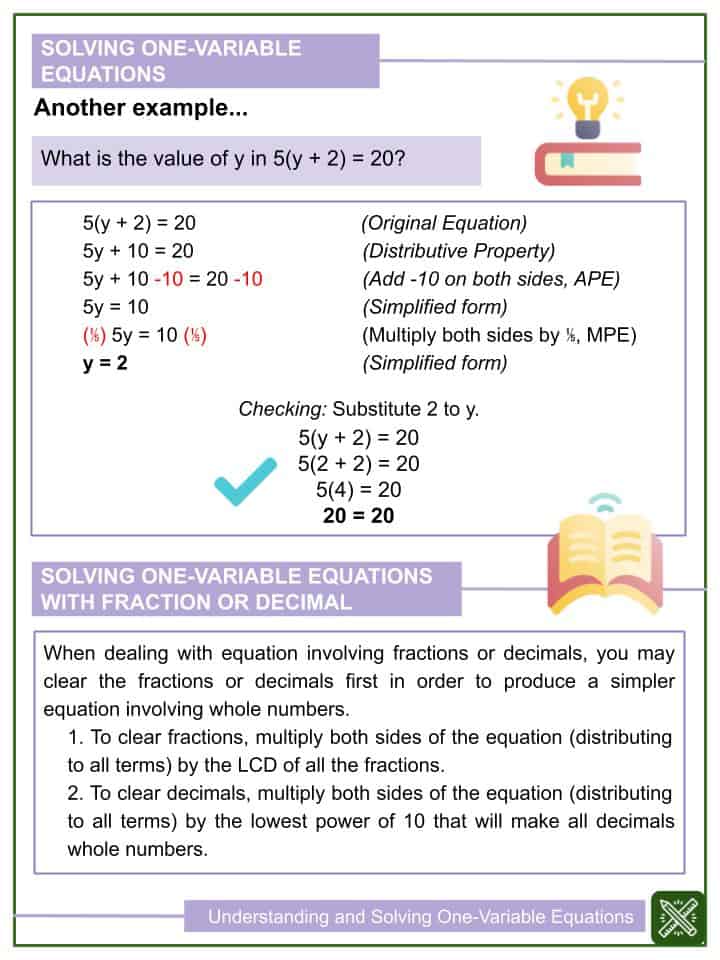

Also students use this strategy when working with new concepts such as equivalent fractions or the basic operations of multiplication and division. The student must be able to add 10, 20, 30, 40, 50, 60, 70, 80, or 90 and 0, 1, 2, 3, 4, 5, 6, 7, 8, or 9 using concrete models such as base-ten models, place value disks, linking cubes, and pictorial models such as base-ten pictorials, place value disks, open number lines, and strip diagrams. Most often, students use the draw a picture strategy to solve problems involving space or organization, but it can be applied to almost all math problems. 16 feet by 5 feetġ post every 4 feet, including 1 at each corner This may require students reading the problem several times or putting the problem into their own words. This involves finding the key pieces of information needed to figure out the answer. How many posts will she need?ĭemonstrate that the first step to solving the problem is understanding it. Each 4-foot section of tent needs a post except the sides that are 5 feet. For example: Marah is putting up a tent for a family reunion. Introduce a problem to students that will require them to draw a picture to solve. Most students will naturally draw pictures if given the slightest encouragement. Promote and reinforce the strategy at all subsequent stages. How Can You Make It Happen?Įncourage students to draw pictures of problems at the very beginning of their mathematical education. Pictures and diagrams are also good ways of describing solutions to problems therefore they are an important part of mathematical communication. By representing units of measurement and other objects visually, students can begin to think about the problem mathematically. It is an intermediate step between language-as-text and the symbolic language of mathematics. On what day will he reach the top of the well and escape? Why Is It Important?ĭrawing a diagram or other type of visual representation is often a good starting point for solving all kinds of word problems.
For example, the following problem could be solved by drawing a picture: A frog is at the bottom of a 10-meter well. The draw a picture strategy is a problem-solving technique in which students make a visual representation of the problem.
PICTORIAL MODELS IN MATH VERIFICATION
Simply put, Verification of Mastery of their learning is assessed and confirmed.Of 2 Problem Solving: Draw a Picture What Is It? Hence, two of the three learning modes are embedded within the numeracy sequencing, and teachers are assured that previously taught mathematical concepts and skills were retained. (C) identify patterns in related multiplication. A structured and differentiated numeracy program provides student mastery verification for both the pictorial paper representation and paper-pencil learning in a daily assessment. (B) identify patterns in multiplication facts using concrete objects, pictorial models, or technology and. Pragmatically, the paper-pencil math must be assessed for each child to ensure they possess understanding.

Eventually, students memorize their single digit math facts without drawing or needing to draw the pictorial representation - the physical model and the number math are connected. Students also draw a pictorial model of the manipulative presented in the earlier tactile lessons of equal numbered objects in each group.Ĭore lessons focus on paper-pencil computations, but teachers also require their students to draw the pictorial model on a couple of the problems to reinforce physical understanding. 4 equal jumps of 5 and 5 equal jumps of 4).
PICTORIAL MODELS IN MATH SERIES
Lessons are presented over several days with accountability as students write the correct multiplication fact with regard to tactile groupings.Ĭore lessons transition from tactile manipulative to a pictorial paper representation using number lines illustrating a series of equal jumps (i.e. 4 x 5 represented by 4 groups with 5 objects in each group and 5 groups with 4 objects in each group). Core lessons center around single digit multiplication using tactile, physical objects positioned in a set of equal groups representing a typical multiplication fact (i.e. Concrete learning opportunities help students when they advance to using pictorial models like number lines, which can represent larger numbers/quantities.


 0 kommentar(er)
0 kommentar(er)
